#wildlife: asia
Text

A Przewalski's horse stallion (Equus przewalskii) in Mongolia
by Soyolbold S
#przewalski's horse#mongolian wild horse#tahki#equines#equus przewalskii#equus#equidae#perissodactyla#mammalia#chordata#wildlife: mongolia#wildlife: asia
2K notes
·
View notes
Text


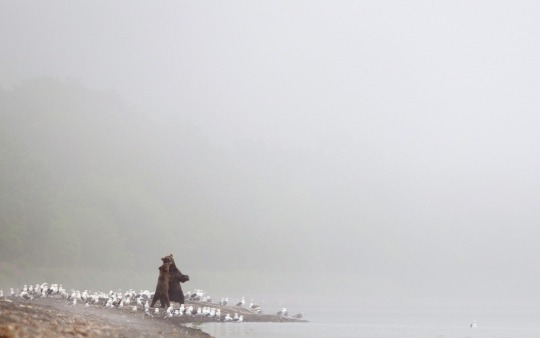

Kamchatka, Russia
©Игорь Шпиленок
10K notes
·
View notes
Photo
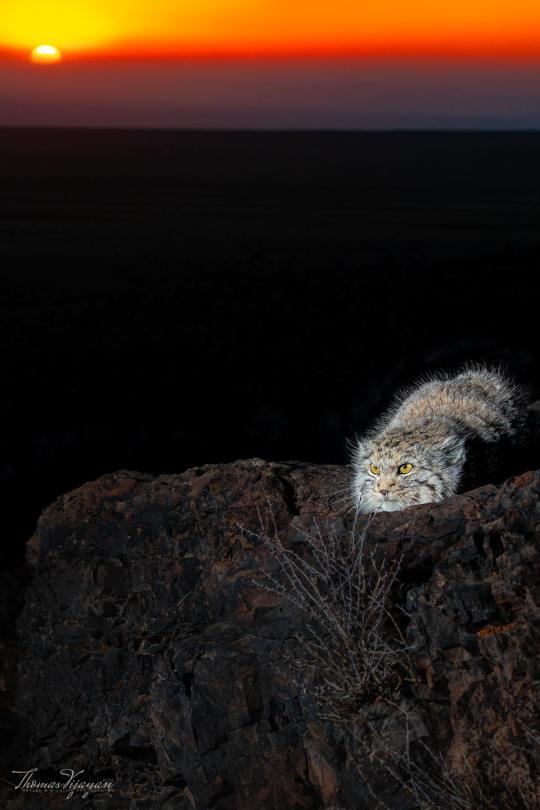
Pallas's cat in Mongolia
Photographed by Thomas Vijayan
#Pallas's cat#Mongolia#east asia#asia#felines#animals#upl#art#photography#Thomas Vijayan#wildlife photography
256 notes
·
View notes
Text

Clownfish at Osaka Aquarium Kaiyukan
#fish#fishes#clownfish#aquatic animals#animals#marine biology#nature#wildlife#nature photography#photography#mine#ecology#naturalist#vertebrates#asia#japan#aquarium#zoo animals#zoo
558 notes
·
View notes
Text

Yaks at the Mardi Himal Base Camp in Lumle, Nepal
Taken by Sanjay Hona
#Yak#Yaks#Mardi Himal Base Camp#Mardi Himal#Lumle#Nepal#Asia#Kaski District#Gandaki Zone#NepalWildlife#Wildlife
110 notes
·
View notes
Photo
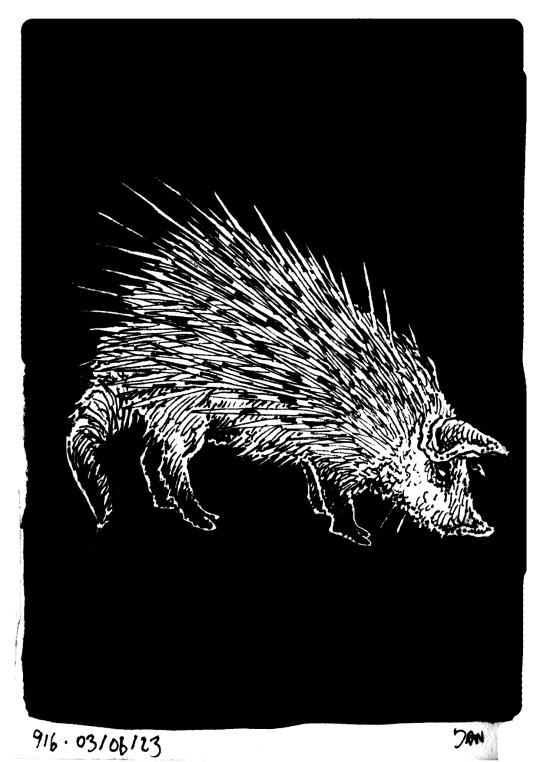
Haozhi (Brave pig), the 229th Known One.
“Fifty-two li west stands Bamboo Mountain, whose summit contains many tall trees. There is an abundance of iron on its northern slope and a plant here named the Yellow Guan-Plant. Its form ressembles that of an ailanthus, while it’s leaves ressemble those of the hemp plant with white flowers and blood-red fruit. Adding it to a bath will cure itching, and it can also cure tumors.
The Bamboo River emanates from here and flows northward into the Wei. Along its northern banks grows an abundance of arrow-bamboo and dark green jade. The Cinnabar River emanates from here and flows southeast into the Luo River. Much rock crystals and many Human-Fish are found in it. There is a beast here whose form resembles a pig with white bristles with black tips as large as hairpins. It is called the Haozhi.” - Guideways Through Mountains and Seas
#i love how reading this book feels like a map#full of adventure wildlife and ressources#Shanhaijing#folklore#China#Asia#Haozhi#Brave pig#pig#porcupine#chimera#monster#bestiary#creature design#ink#Guideways Through Mountains and Seas#916#octem 115#aqva 4#the Known Ones
157 notes
·
View notes
Text
BOTD: Chestnut-Bellied Sandgrouse
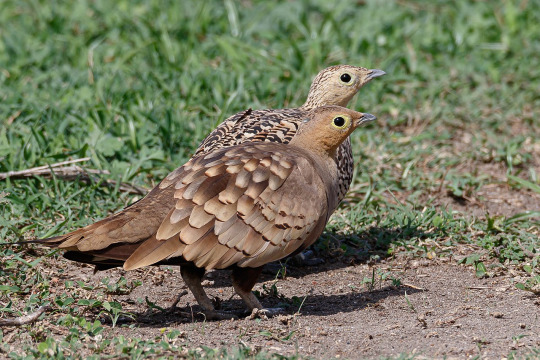
^Image credit: Hari K Patibanda
Chestnut-bellied Sandgrouse (Pterocles exustus)
Although they live in hot, arid climates, these birds are heavily reliant on water, known to fly up to 50 miles (80 kilometres) a day in search of water, typically going to water once a day at sunrise. They are rarely kept in captivity due to their high mortality rate in captive conditions, usually due to stress.
#chestnut-bellied sandgrouse#chestnut bellied sandgrouse#sandgrouse#pterocles exustus#birds of africa#birds of asia#bird of the day#bird facts#bird behaviour#birding#birds of the world#birds#bird#birdlife#animals of the world#wildlife#animal#animals#aves#birdwatching
535 notes
·
View notes
Text

64th post.
Tiger chasing monkey.
#bengaltiger#bengal tiger#tiger#tigers#wildtiger#wildanimals#wildlife#animals#nature#panthera#india#junglecat#cats#bigcats#big cats#wild#cat#Asia#earth#wildcats#wildlifeplanet#mammals#discovery
39 notes
·
View notes
Text

It’s an Asian palm civet. Also known as a civet cat, toddy cat, and musang, the palm civet is a viverrid native to South and Southeast Asia. Not a cat at all, the palm civet’s closest living relative is the mongoose. The family Viverridae includes civets, binturong, genet and linsang.
Photo Shresatha Pachori
#shresatha pachori#photographer#wildlife sos#asian palm civet#civet#animal#mammal#wildlife#civet cat#toddy cat#musang#asia
45 notes
·
View notes
Text

Iriomote Cat (Prionailurus bengalensis iriomotensis)
Iriomote Island, Japan
Status: Critically Endangered
Threats: development, traffic, accidental trapping
ahhh the bliss of having a cat notice you... even if it is biting you
#azumanga daioh#wildlife art#cat#cat art#endangered species#japan#iriomote cat#mammal#feline#wild cat#asia
39 notes
·
View notes
Text

An Ethiopian hedgehog or desert hedgehog (Paraechinus aethiopicus) rests in a garden in the United Arab Emirates
by Priscilla van Andel
#desert hedgehog#ethiopian hedgehog#hedgehogs#paraechinus aethiopicus#paraechinus#Erinaceidae#Eulipotyphla#Mammalia#chordata#animalia#wildlife: UAE#wildlife: asia
1K notes
·
View notes
Text
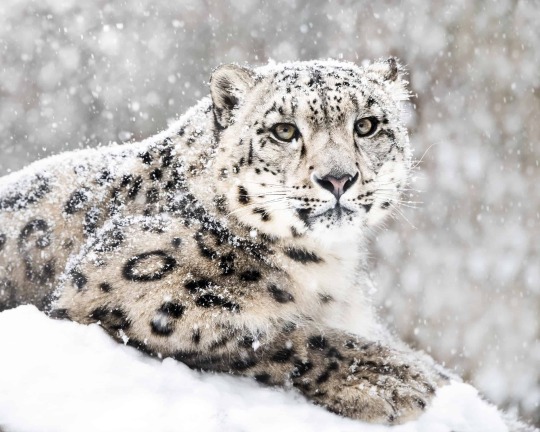
Afghanistan's Nation Animal, the Snow Leopard.
©Abeselom Zerit
56 notes
·
View notes
Text
As I made my way to the top of rice terraces, there is a Stone Dragon standing guard at the peak. Looking down, there are many water birds in the water or on the shore. Spied a male Pied Imperial Pigeon trying to impress the girl among the trees.

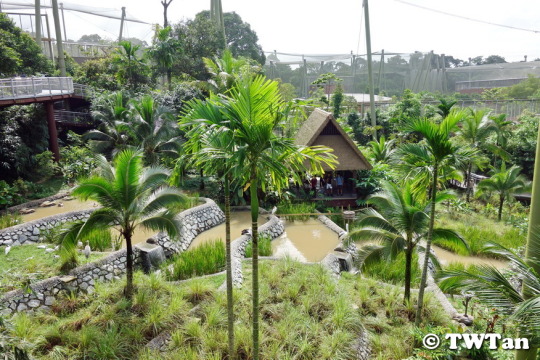



#Bird Paradise#Singapore#Mandai#Mandai Wildlife Reserve#Wings of Asia#Walk In Aviary#Indonesia#Bali#Rice Terrace#Flowing Water#Stone Dragon#Pied Imperial Pigeon#Birds#Buffetlicious
23 notes
·
View notes
Text
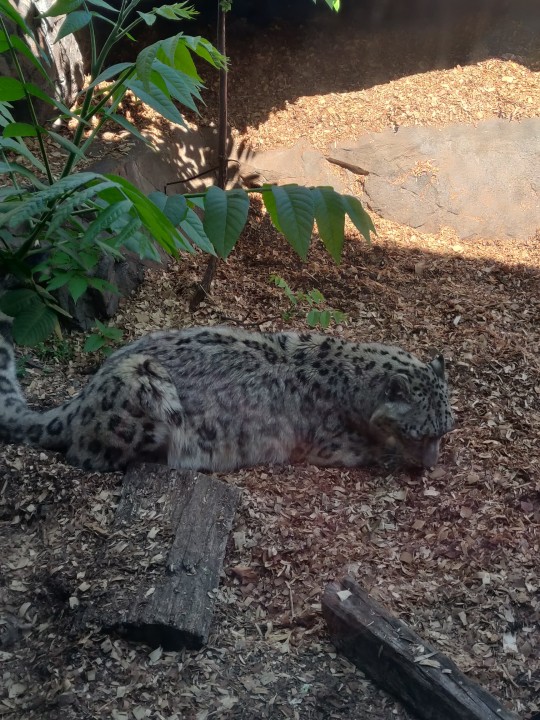
It's super hot here in the US so our already incredibly elusive snow leopard has been hanging out in his indoor, air conditioned, off exhibit enclosure more often lately. Today was a cooler day so this is the first time I've seen him in 2 weeks!
#aza zoo#snow leopard#snow leopards#felines#cats#big cats#wildlife#zoo animals#mammals#nature photography#naturalist#nature#asia#asian wildlife#wildlife biology#wildlife biologist#ecologist#ecology#mine
57 notes
·
View notes
Photo
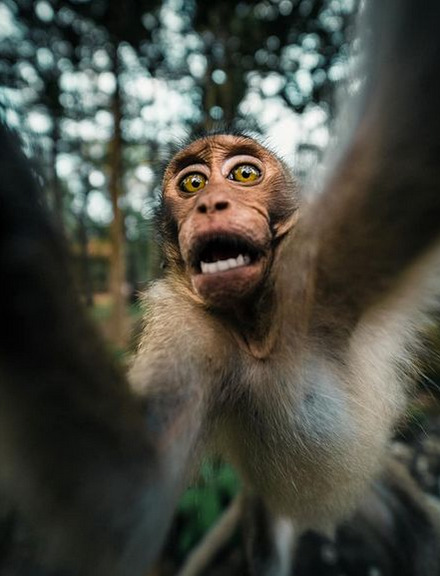
By Guiliogroebert
Angkor Wat, Siem Reap, Cambodia
#curators on tumblr#monkeys#monkey#wildlife#cambodia#asia#travel#angkor wat#siem reap#southeast asia#giuliogroebert
44 notes
·
View notes
Text
Sinharaja Forest Reserve
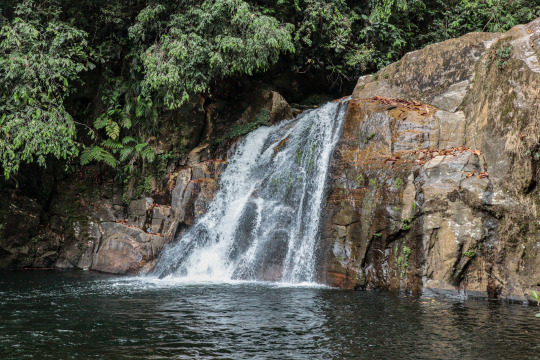
Nestled amidst the lush landscapes of Sri Lanka lies a true natural wonder: the Sinharaja Forest Reserve. This UNESCO World Heritage Site, located in the southwestern part of the island, is a sanctuary of unparalleled biodiversity and ecological significance. Join us on a journey deep into the heart of this enchanting forest, where every step reveals a new marvel of nature.
Embark on an unforgettable adventure into the heart of Sinharaja Forest Reserve and discover the magic of one of Sri Lanka's most precious natural treasures. Whether you're an avid nature enthusiast, a wildlife lover, or simply seeking a moment of tranquility amidst the beauty of the natural world, Sinharaja promises an experience that will leave you awestruck and inspired.
Sinharaja Forest Reserve is renowned for its remarkable biodiversity, boasting a stunning array of flora and fauna found nowhere else on Earth. From towering canopy trees to delicate ferns and vibrant orchids, the forest is a botanical paradise teeming with life. Bird enthusiasts will delight in the opportunity to spot rare and endemic species, including the elusive Sri Lanka blue magpie and the vibrant red-faced malkoha.
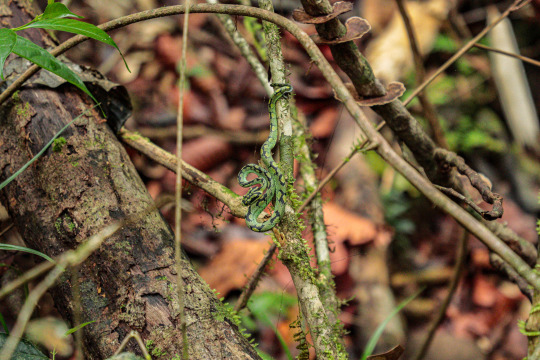
Venture into the depths of Sinharaja and encounter a wealth of wildlife that calls this pristine forest home. Keep your eyes peeled for the iconic purple-faced langur, the elusive Sri Lankan leopard, and the vibrant jewel-like hues of endemic butterflies flitting among the trees. With luck, you may even catch a glimpse of the reclusive Sri Lankan elephant or the endemic green pit viper.
Step back in time as you wander through Sinharaja's ancient forests, where towering trees draped in moss and epiphytes create an otherworldly atmosphere. Take a moment to listen to the symphony of sounds that fills the air, from the rhythmic chirping of crickets to the haunting calls of endemic birds echoing through the canopy. Every corner of Sinharaja offers a glimpse into a world untouched by time.
As a UNESCO World Heritage Site, Sinharaja Forest Reserve is protected by law to ensure the preservation of its unique ecosystems for future generations. Conservation efforts aim to safeguard the forest's delicate balance while promoting sustainable tourism practices that minimize impact on the environment. Visitors are encouraged to explore the forest responsibly, leaving nothing but footprints and taking only memories.
Immerse yourself in the breathtaking beauty and unparalleled biodiversity of Sinharaja Forest Reserve, where every moment offers a glimpse into the wonders of the natural world. Join us as we journey into the heart of this UNESCO World Heritage Site and uncover the secrets of one of Sri Lanka's most enchanting destinations.🌴🌳🇱🇰
#rainforest#unesco#world#heritage#sri lanka#sinharaja#travel#nature#wildlife#animals#asia#world heritage#forest#landscape#waterfall
12 notes
·
View notes